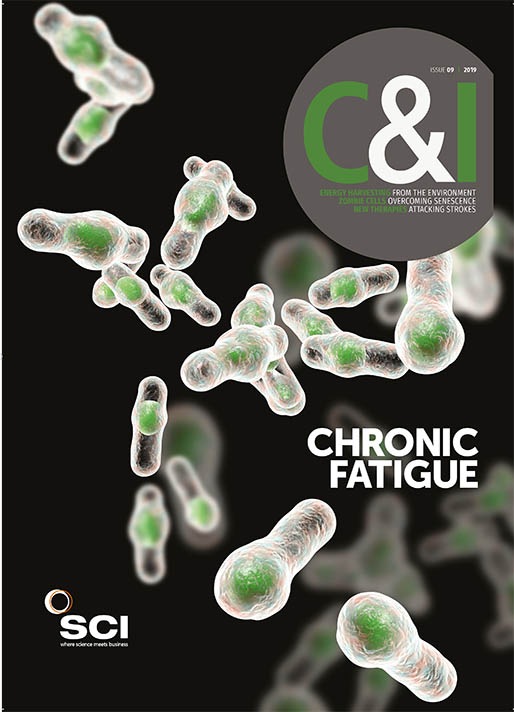A new process to transform waste into an amino acid called citrulline – found in fruits such as watermelons – could lead to more sustainable nitrogen-rich fertilisers, according to researchers in Australia.
The traditional route to make fertilisers is by the energy-intensive Haber-Bosch process. Instead, the new process uses ammonia pollutant from waterways and relies on the greenhouse gas CO2 extracted from the atmosphere, says Lee Alissandratos at Australian National University.
The process starts by combining ammonia and CO2 in water, which react to form a small organic compound called a carbamate containing the carbon from CO2 and nitrogen from ammonia. The next step involves adding disintegrated E. coli bacteria, which have been genetically engineered to make plentiful quantities of two enzymes from hyperthermophiles - microorganisms that thrive in extreme conditions such as deep-sea vents and whose ‘enzymes tend to be fairly robust, and suitable for industrial use,’ Alissandratos explains.
The two enzymes are carbamate kinase (CK) and ornithine carbamoyltransferase (OTC). CK converts the carbamate in water into carbamoyl phosphate, with very little energy input. The carbon and nitrogen in this molecule are then fixed onto an amino acid called ornithine, by OTC, to generate citrulline. ‘Because our enzymes are used outside of the cell, there is much control over reaction conditions such as catalyst and feedstock loadings,’ says Alissandratos. ‘The enzyme system is remarkably stable and versatile, converting ammonia at a very wide range of concentrations without issue.’
The team says that it can use ammonia at concentrations similar to those found in municipal waste, all the way up to heavily contaminated industrial waste. The process ‘quickly achieved g/L yields,’ according to Alissandratos, while 90% conversion of ammonia can be reached within 1.5 hours.
Economics would depend on the intended application, however, E. coli itself is relatively inexpensive to grow. ‘The key here is that we are avoiding any enzyme purification that would really increase costs and is a common deterrent in the commercial use of enzymes. Purification typically accounts for a great proportion of biocatalyst cost,’ Alissandratos notes. ‘We also produce all our enzymes in one go – further increasing cost-efficiency.’
Collaborators at the Australian research agency CSIRO will now investigate citrulline’s potential and properties in large-scale plant trials. This will include evaluating the effect of field conditions and the best mode of application for fertilising crops.





